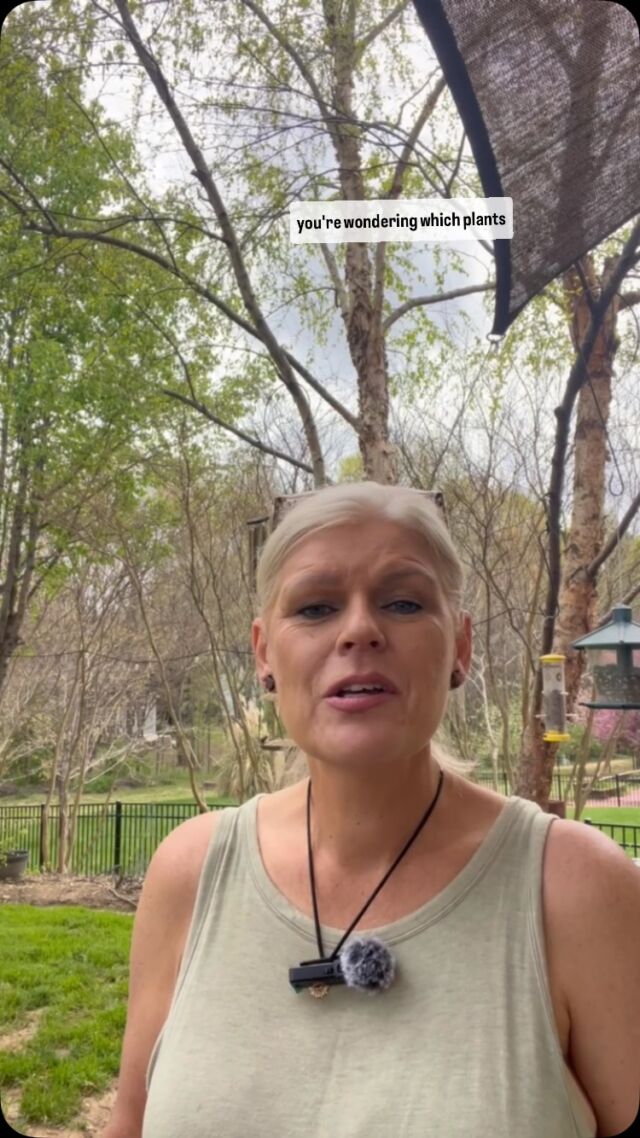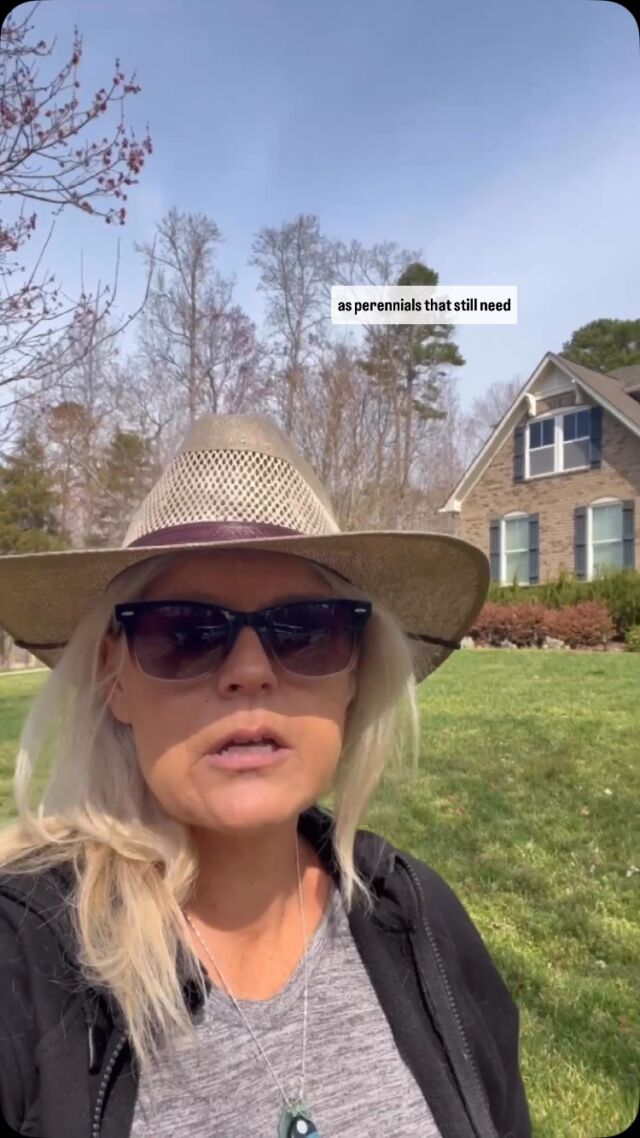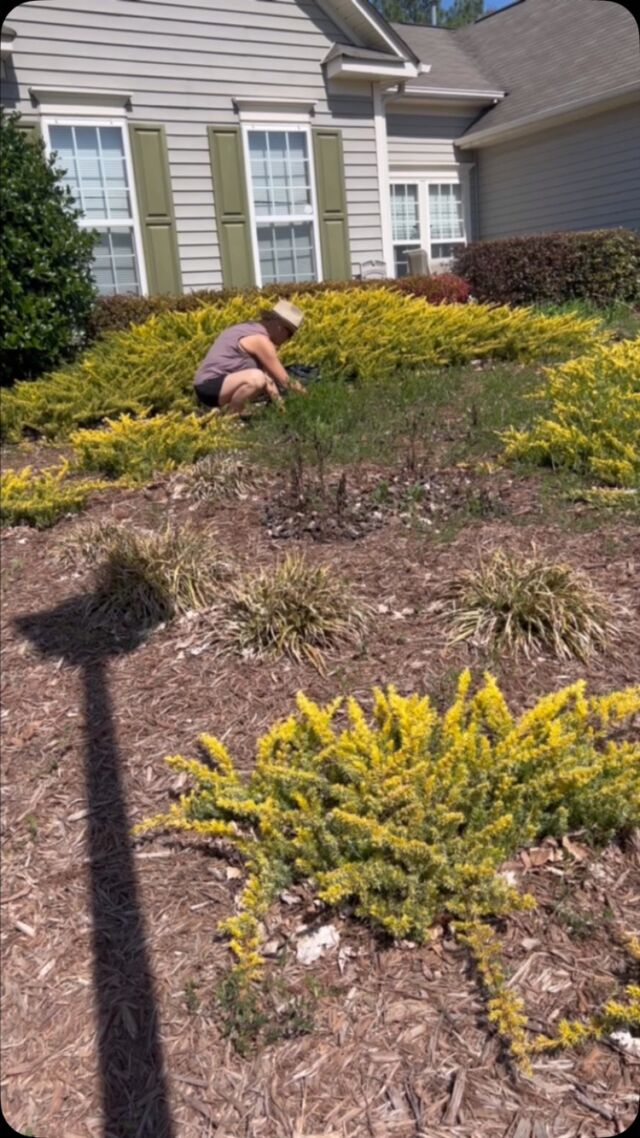Creating a pollinator garden in spring is one of the most rewarding ways to support local ecosystems while adding beauty to your outdoor space. Not only does a pollinator garden provide essential food and habitat for bees, butterflies, birds, and other pollinators, but it also boosts the productivity of nearby vegetable gardens and fruit trees. This guide will walk you through everything you need to know to start your own pollinator haven this spring.
Why Pollinators Matter
Pollinators play a critical role in the environment and our food supply. By transferring pollen from one flower to another, they enable plants to produce seeds, fruits, and new plants. Here are the key types of pollinators and their contributions:
Types of Pollinators

- Bees: The superstars of pollination, bees (including native bees like mason bees and bumblebees) are responsible for pollinating a wide variety of crops and wildflowers. Their hairy bodies efficiently transfer pollen from flower to flower.
- Butterflies and Moths: These delicate insects are attracted to colorful blooms and play a role in pollinating flowers with long, tubular shapes.
- Birds: Hummingbirds are the primary avian pollinators in many areas. They’re drawn to red, tubular flowers and feed on nectar, inadvertently transferring pollen.
- Beetles and Flies: Often overlooked, these insects pollinate a variety of plants, including some that bees avoid.
- Bats: In some regions, bats are nighttime pollinators of plants like agave and certain fruit trees.
Benefits of Pollinators
- Improved Garden Health: Pollinators increase flower and fruit production in gardens.
- Biodiversity: Supporting pollinators helps sustain a diverse array of plant and animal species.
- Food Security: A large portion of the food we eat depends on pollinators, making their health vital to agriculture.
Planning Your Pollinator Garden
A successful pollinator garden begins with thoughtful planning. Here are the essential steps:
1. Choose the Right Location
Pollinator gardens thrive in sunny spots, as most pollinators are active during the day. Look for an area that gets at least six hours of sunlight daily. Make sure it’s sheltered from strong winds and accessible to pollinators.
2. Select a Variety of Native Plants
Native plants are the backbone of a thriving pollinator garden in spring. They’ve evolved alongside local pollinators and provide the best food and habitat. Choose a mix of plants that bloom at different times to ensure continuous nectar and pollen availability. Aim for a variety of flower shapes, colors, and sizes to attract diverse pollinators.
Examples of spring-blooming native plants:
- Eastern Red Columbine (Aquilegia canadensis): Attracts hummingbirds.
- Wild Blue Phlox (Phlox divaricata): Loved by butterflies.
- Black-Eyed Susan (Rudbeckia hirta): A favorite of bees.
3. Incorporate Host Plants
For butterflies, include host plants where they can lay eggs and caterpillars can feed. For instance, milkweed is essential for monarch butterflies, while dill and fennel are favorites of swallowtails.

4. Avoid Pesticides
Even organic pesticides can harm pollinators. Commit to natural pest control methods, such as encouraging predatory insects or using companion planting to deter pests.
Designing Your Pollinator Garden
1. Create Layers
Pollinators prefer gardens with a variety of heights and textures. Combine tall flowers like sunflowers with shorter ones like clover to create visual interest and provide shelter.
2. Group Plants by Species
Planting clusters of the same species makes it easier for pollinators to find and feed on flowers. Grouping also ensures more efficient pollination.
3. Add Water Sources
Pollinators need water, too. A shallow dish filled with water and pebbles can serve as a safe drinking spot. Change the water regularly to prevent mosquitoes.
4. Include Nesting and Shelter Options
Provide homes for pollinators by adding bee hotels, brush piles, or undisturbed soil for ground-nesting bees. Shrubs and trees can also offer shelter.
Caring for Your Pollinator Garden
Starting a pollinator garden in spring is just the beginning. Maintenance is key to ensuring your garden remains a haven for pollinators.
1. Water Regularly
Keep the soil moist as your plants establish themselves. Once they’re established, many native plants will thrive with minimal watering.
2. Deadhead and Prune
Removing spent blooms encourages some plants to produce more flowers. Pruning can help shape your garden and remove damaged growth.
3. Mulch Mindfully
A layer of mulch helps retain soil moisture and suppress weeds, but leave bare patches for ground-nesting bees.
Pollinator-Friendly Extras
To take your pollinator garden in spring to the next level, consider these additions:
- Bloom Calendars: Keep track of when different plants flower to maintain continuous blooms.
- Compost: Enrich your soil with homemade compost for healthier plants.
- Garden Signage: Educate neighbors about pollinators by adding a small sign explaining your garden’s purpose.
Common Challenges and How to Overcome Them
- Low Pollinator Activity: If you don’t see many pollinators, evaluate your plant choices and ensure you’re offering a variety of blooms.
- Invasive Plants: Avoid aggressive species that can outcompete your natives.
- Weather Extremes: Provide additional water during droughts and shelter during storms.
Enjoy the Rewards
By starting a pollinator garden in spring, you’re creating a beautiful, sustainable space that benefits both your local environment and your own sense of well-being. Watching bees buzz from flower to flower and butterflies float gracefully through your yard is a joy like no other. Plus, you’ll be doing your part to support the ecosystems that sustain us all.
For more tips on pollinator-friendly gardening, be sure to check out other posts on our blog. Share your thoughts or questions in the comments, and let us know how your pollinator garden is blooming!










Leave a Reply